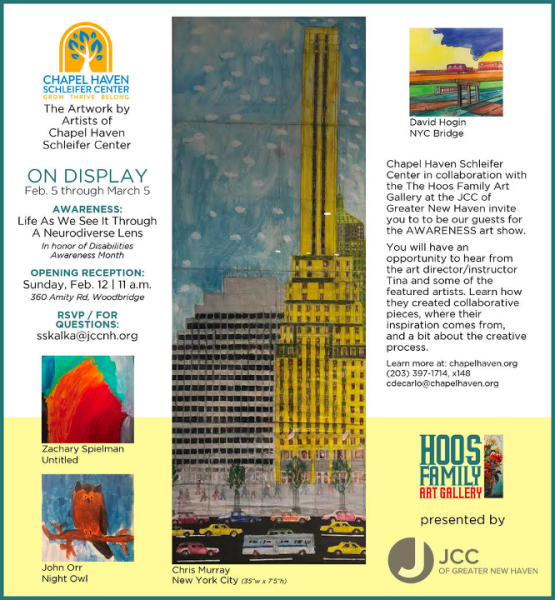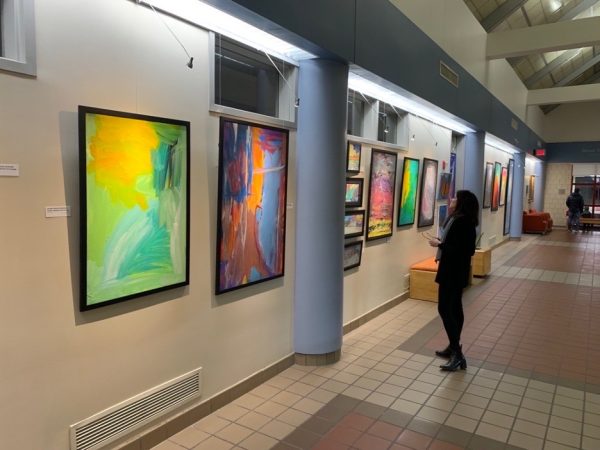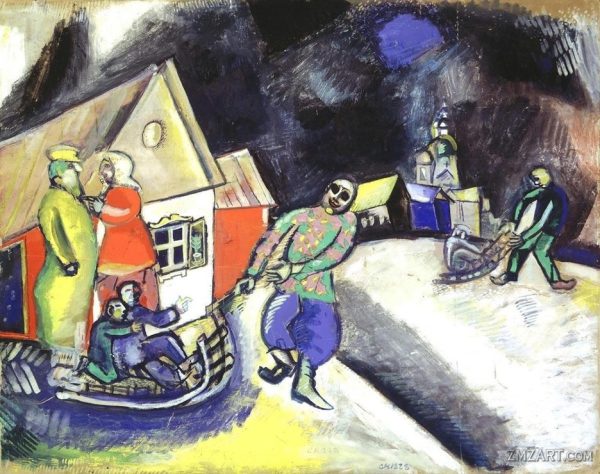By Doron Krakow
Putting the Pieces Together
Not long ago I was cleaning out a basement closet when I came across a clear plastic bag containing the pieces of a jigsaw puzzle of some kind. Without its box, I was left to wonder what it might be—beyond a colorful pile of mixed shapes and sizes.
I continue to be struck by the remarkable variety of communities that constitute the landscape of Jewish life in North America. From some of the most deeply rooted traditions of Jewish institutional life to groundbreaking alliances that make it possible for Jewish communities to grow and evolve in extraordinary ways, every corner of the continent is home to something special.
The largest JCC in our movement, by budget, is the 92nd Street YM-YWHA on Manhattan’s Upper East Side. In March of 2024, 92NY will celebrate its 150th anniversary, positioning it amongst the most longstanding on the continent. (The oldest JCC began as the YMHA of Baltimore, which opened its doors in 1854.) As the name suggests, the Young Men’s Hebrew Association (YMHA) began with a singular focus on young men—providing cultural and education programs of all kinds intended to foster their greater success in American society while maintaining and strengthening their connections to one another as members of the Jewish community.
Nearly every Y also offered a place for young men to stay—what we might today refer to as a youth hostel—a tradition that 92NY continues with great dedication, its 280,000-square-foot facility includes dormitory-style accommodations for 300 residents.
Of course, the 92nd St. Y has enjoyed an extraordinary history, evolving over generations to become one of the preeminent cultural venues in the world—the place to launch a new book or art collection or hear the world’s most important political, cultural, social, and philosophical figures opine on the issues of the day. Nobel laureate and iconic Jewish leader Elie Wiesel appeared on stage at 92NY an unbelievable 180 times. The advent of COVID became the impetus for 92NY to build upon its growing program library and expand its commitment to make programs available online. They have since had more than 6.5 million views. A powerhouse.
Also home to one of the most prestigious early childhood education centers in New York City, a thriving summer camp, and programs dedicated to older adults and those with distinct needs, 92NY is so much more. It continues to reach higher still, not long ago establishing a major endowment to support an expanded commitment to Jewish education and Jewish experience led by Rabbi David Ingber of Manhattan’s remarkable spiritual community, Romemu.
A recent visit to the 92nd St. Y was part of an ongoing journey of discovery that has taken me to well over 100 JCC communities—and counting. That journey continued in New Haven, Conn., where I spent time at one of the most exciting institutions I have seen anywhere—the Chapel Haven Schleifer Center, a pioneer in helping adults with cognitive and social disabilities live self-determined lives.

Cornerstone initiatives include REACH, a two-year residential program for young adults, 18 and older, with intellectual and developmental disabilities, including autism, Down syndrome, and cerebral palsy, that prepares them for independent lives. Launched in 2020, SAIL, the newest part of the growing Chapel Haven campus, is an intergenerational residential facility providing lifelong services for adults living independently. It features a vibrant, non-institutional setting with 24/7 staffing and a range of support services. Additional programs for hundreds of other adults who live beyond the campus offer access to education, training, and support, as these members of the Chapel Haven community become part of the wider community around them.
A major partner in this effort is the JCC of Greater New Haven. Every Chapel Haven resident is a member of the JCC, and most routinely make the roughly one-mile trek to the J for all kinds of programs and activities. A vocational training partner, the JCC provides internships and job opportunities. JCC staff also bring programs and classes to Chapel Haven, and my visit coincided with the launch of an art exhibition featuring works by members of the Chapel Haven community.

Collaborations like this one always make me proud. They are a model for how the interests of community transcend those of a particular institution and demonstrate that by working together, we can achieve things that none could accomplish alone. But what truly made its mark on me in this instance is the intimacy of the partnership. Scott Cohen, the longtime and remarkable CEO of the JCC is a ben-bayit | בן בית | a member of the family at Chapel Haven – on a first name basis with both residents and staff, but more than that, he’s quite simply part of the crew, and I have the impression that the staff at Chapel Haven, from CEO Mike Storz on down, have precisely the same thing at the JCC.
More than one-hundred-and-seventy JCC communities. Images and notions jump to mind when we think of Jewish community or of a JCC. We imagine we know what they look like, how they work, and what their issues are. My experience, though, has taught me that precisely the opposite is true. It isn’t until you see them up close that you understand their distinctiveness. Each one uniquely reflects its own circumstance, capacity, leadership, resources, and a host of other factors. Only then can you truly appreciate their impact, and their potential. One community at a time. One piece of a larger puzzle.
Last weekend I emptied that clear plastic bag I’d found and took a closer look at those colorful shapes. Quite a few hours later, when I fit the last piece into place, I saw it: Chagall’s “Snow, Winter in Vitebsk.”

Properly assembled, that once chaotic jumble of colors and shapes was now a thing of beauty. So it is with the Jewish community. Its magnificence is found in the way each individual community contributes its uniqueness to a greater whole and, when properly assembled, a work of art.
Shabbat shalom.

Doron Krakow
President and CEO
JCC Association of North America

U.N. meetings continued at Lake Success, N.Y. with the Working Committee of the Trusteeship Council introducing its draft statute for the international regime envisioned for the City of Jerusalem, a component of the 1947 Partition Resolution. The 45-clause draft recommended making Jerusalem a “corpus separatum” under the administration of the U.N., acting via the Trusteeship Council through a governor to be appointed for a three-year term.
The New York Times, meanwhile, reported the totally unsubstantiated British charge that 1,000 Communist agents were among 15,000 Jewish immigrants who attempted to enter Palestine without visas aboard the Pan Crescent and the Pan York, which had sailed from Bulgaria loaded with Holocaust survivors attempting to reach Palestine by sea. The ships were intercepted by the British Navy and the passengers interned at Cyprus.
And that’s the way it was…
Reader Interactions